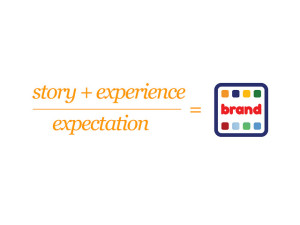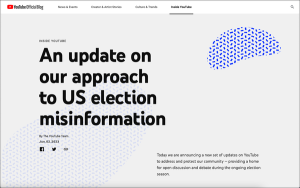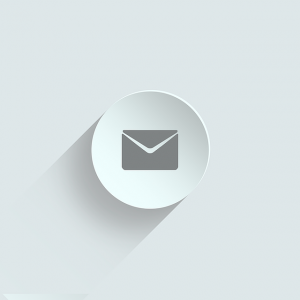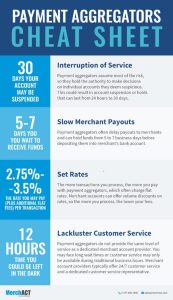— August 31, 2019
Emails are a constant part of our business lives. Without the proper systems and language around our inboxes, we can all too easily get lost in them, even spending after work hours in our inbox. Add in that it can be very difficult to read the tone of someone without speaking to them in person, so it can be very easy to misinterpret an email. Our emails can become a professional nightmare.
Here are three phrases to practice for better, and more clearly understood, email communication.
3 Phrases for Better Emails
“The key takeaway should be”- This phrase highlights what’s most important in your ask or your feedback. It draws the readers eyes right to itself, and will be followed by the most important part of the whole email. Putting this phrase into the beginning of your emails will create a visual path for your readers eye to follow, and help ensure you get the result you want.
“No response required”– When you can, use this! It cuts down on the overall load of emails getting sent back and forth, and it’s a downright joy to receive in any inbox. This takes pressure off people as well, which can lead to a more creative or innovative final product.
“I didn’t understand this part right here”– Using this is specific and concrete. You have a clear question and they can respond with a clear answer. This phrase is especially helpful with quicker questions, not theory based questions.
As an added bonus, keep your email as short as you can while also being polite and friendly. The shorter the better, as it means people spend less time in the inboxes and more time actually doing things.
Make Email Easier
Using these phrases can mean better emails, but also pay attention to your tone. It’s always better to err on the side of polite than to come in guns blazing. No one likes to be made to feel small. If you’re working with someone, it’s in your best interest to find a way to communicate with them that’s easy and delivers the result you want.
You can also utilize automatic responders to set boundaries around your email, or tell your co-workers that you only check email at certain times of the day. Tools, boundaries, and communication of all sorts lead to better emails, and a better relationship to your inbox overall.
Digital & Social Articles on Business 2 Community
(19)
Report Post







